
A prospective trial needs to be done in order to create a safe and responsible environment in which to offer patients the watch-and-wait option for rectal cancer.

Your AI-Trained Oncology Knowledge Connection!



A prospective trial needs to be done in order to create a safe and responsible environment in which to offer patients the watch-and-wait option for rectal cancer.

We also propose that limiting the watch-and-wait strategy to patients with T1/T2N0 rectal cancer and using adequate T staging with MRI will result in improvements in local control and patient outcomes.

Once a patient has been appropriately educated by an informed healthcare provider about the possible benefits of PSA screening, then patient preference as part of shared decision making regarding PSA screening should be considered in all cases.

It may be appropriate to offer prostate cancer screening to carefully selected men with a previous history of colorectal cancer. However, the risks and benefits of establishing the diagnosis in this setting need to be considered and discussed with them.
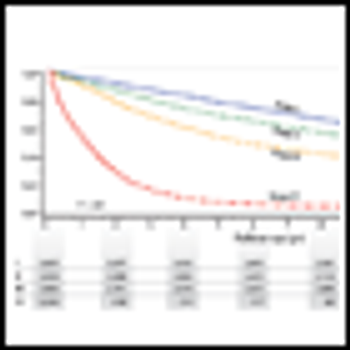
Not all patients with colorectal cancer are candidates for such screening, however, as a remaining life expectancy of at least 10 years is generally required in order for PSA screening to yield a significant mortality benefit.
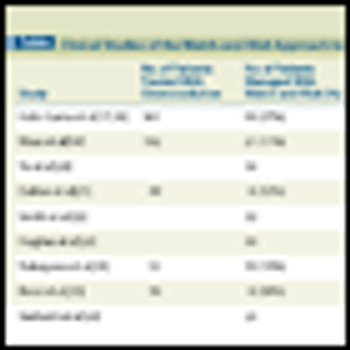
This article reviews current evidence in support of a watch-and-wait approach to rectal cancer management, and discusses the challenges and limitations of this approach.

Kinder, gentler cancer therapy is neither of those things if it fails to be as effective in controlling the cancer. When an area of completely clinically regressed cancer is excised, there is commonly residual cancer present.

A new study shows that additional RAS mutations can confer resistance to panitumumab, an epidermal growth factor receptor (EGFR) antibody approved for treating metastatic colorectal cancer.
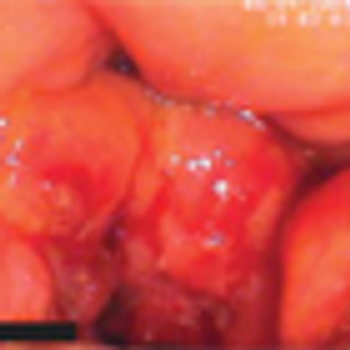
The results of a phase III randomized trial found that the anti-angiogenesis antibody ramucirumab improved survival in advanced, previously treated gastric cancer.

A new meta-analysis indicated that people with diabetes are not only at an increased risk of developing breast and colon cancer, but are also at an increased risk of dying from the diseases.

Colorectal cancer patients who have early tumor shrinkage after first-line treatment with chemotherapy plus cetuximab may be more likely to have long-term response to therapy, according to an analysis of two large clinical trials.

In the VICTOR trial, patients with PI3KCA-positive colorectal cancer who took aspirin had a lower cancer recurrence compared to those with a wild-type PI3KCA gene.

The use of a centralized nurse-led telephone-based care coordination system failed to improve outcomes including quality of life, unmet supportive needs or visits to the emergency department after surgical resection of colorectal cancer, according to the results of a new study.

Two separate studies have found direct evidence that F. nucleatum, a bacteria found in the mouth and in periodontal plaques, promotes growth of colorectal tumors.

At this juncture, various commercially available assays for colon cancer may be of little added value, and accelerated biomarker development with clinical validation is desperately needed.

In this review, we will discuss adjuvant chemotherapy in non-metastatic colon cancer, the existing prognostic and predictive molecular biomarkers in the field, and how to integrate these molecular biomarkers into the decision about whether to administer adjuvant therapy.

A new endoscopy technology called photometric stereo endoscopy, which captures the topography of the colon surface to create a 3D image, could be a more robust way to screen for precancerous lesions of the colon.
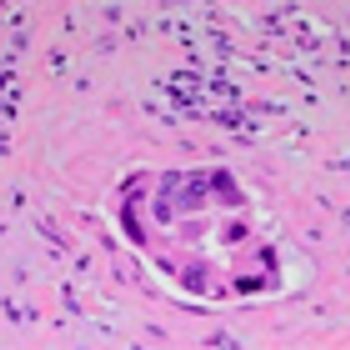
The patient is an otherwise healthy 45-year-old female who presented to her primary care physician with 6 weeks of increasing left upper quadrant abdominal pain with radiation to the back. She underwent an abdominal ultrasound, which revealed a large cystic abdominal mass.

In this interview we discuss the role of aspirin in colorectal cancer prevention and treatment. Various studies have suggested that a daily aspirin pill can help prevent certain types of cancers. Other studies suggest that there may even be a role for aspirin in treating cancer.

A study of colorectal cancer survivors shows those who consume higher amounts of red and processed meats before a colorectal cancer diagnosis are at higher risk of death from any cause compared to those who eat less of both types of meat.

An analysis of two colorectal cancer studies found that patients with BRAF mutations were less sensitive to the effects of aspirin as treatment or prevention.
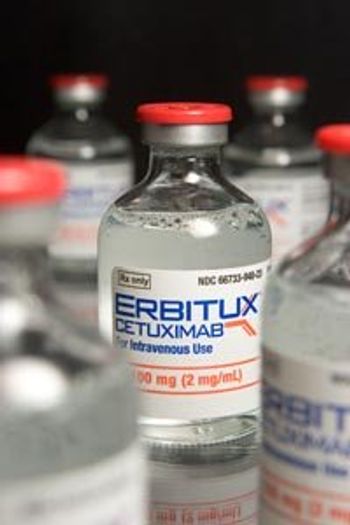
Results from the German AIO KRK-0306 study, FIRE-3, show that the addition of cetuximab (Erbitux) to chemotherapy rather than bevacizumab (Avastin) increased overall survival by nearly 4 months in patients with KRAS wild-type metastatic colorectal cancer.

In this interview we discuss the advances in treatment for colorectal cancer, as well as ongoing developments to find new and better therapies to treat this type of cancer.

A large study shows that middle-age men engaged in lots of cardiovascular exercise have a reduced risk of developing and dying from lung and colorectal cancer.
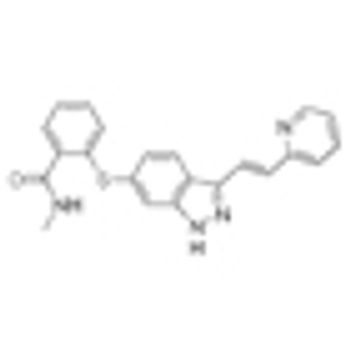
Adding the VEGF inhibitor axitinib to first-line treatment of FOLFOX-6 for metastatic colorectal cancer failed to improve progression-free and overall survival.